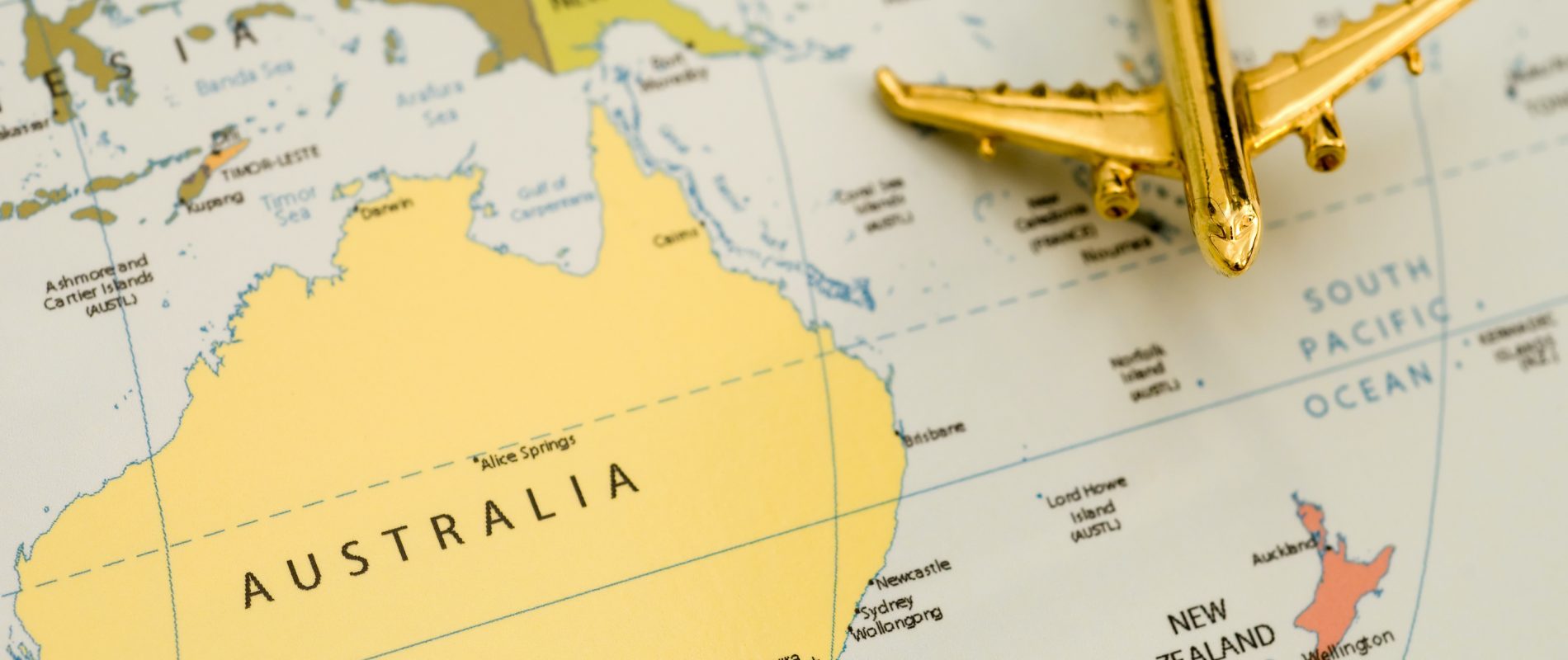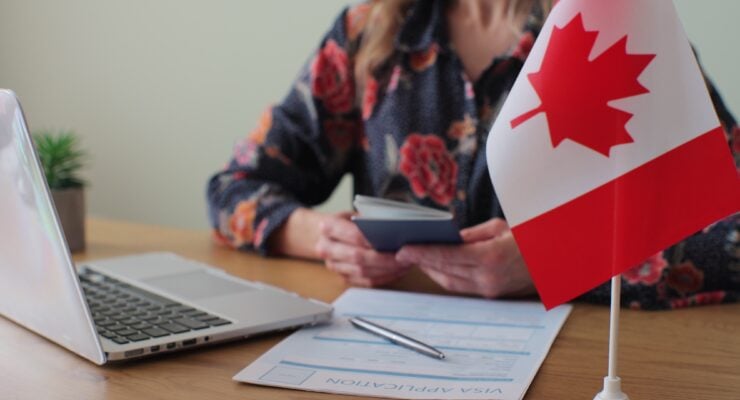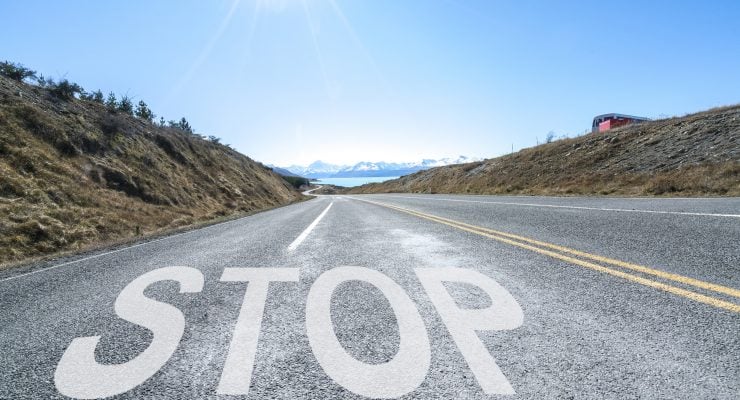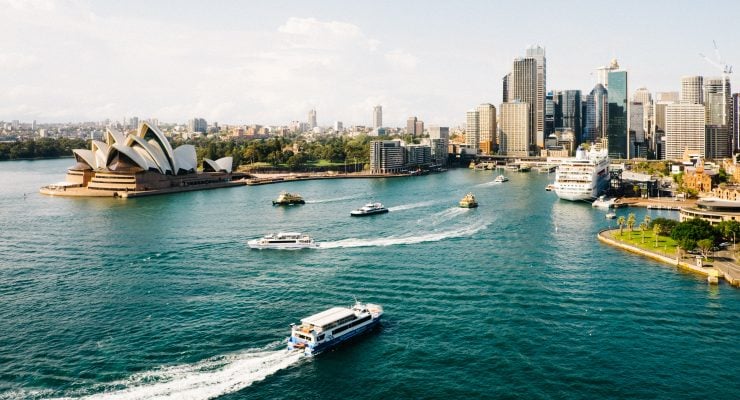You’ve gotten your Australian Working Holiday Visa (WHV) and now you’re getting ready for departure. Here is the checklist of what you need before heading Down Under, from travel insurance to plane tickets, money, and more.
Reminder: Upon issuance of your WHV, you have 12 months to enter Australia, regardless of your age (even if you turn 36 during this 12 month window). The age limit applies only at the moment of application, not the moment of travel.
This checklist focuses on what you must have ready by the date you fly to Australia.
1. Your plane ticket
This will likely be your biggest upfront expense. Note: you can purchase a round trip or a one-way ticket to Australia. If you choose a one-way, remember that you must have extra savings to show that you have the means to purchase another ticket later on.
Check out
Ulysse for preferential fares, no change fee, and one free checked bag up to 40kg.
2. Your passport
You must have a passport that is valid for the entire duration of your working holiday in Australia. You should also factor this in if you plan to renew your WHV for a 2nd or 3rd year in Australia.
If you change passports between issuance of your WHV and departure to Australia (for example, in case of loss or replacement), you must inform Australian authorities ASAP, as the WHV you were issued is an e-visa that is tied specifically to your passport.
3. Your e-visa
Your electronic visa is linked with your passport, but it is always worth printing a copy of your Grant Letter, available in your Immiaccount. This document indicates the visa number and its date of issuance. It may come in handy as proof of your status, since Australia no longer stamps passports.
For more information about the e-visa, check out our guide to the WHV application process.
4. WHV travel insurance
As a WHV holder, you should consider purchasing travel insurance that includes medical coverage for at least medical expenses, hospitalisation and repatriation expenses.
Even if it’s not a mandatory requirement from the Australian government, it’s a wise decision to purchase insurance before your trip. You never know when something might go wrong, and even small accidents or illnesses can lead to expensive costs that you’ll have to pay for out of pocket.
Globe WHV has been our trusted insurance partner since 2005.
5. Proof of sufficient savings
Australia requires you to submit proof of savings as a part of your WHV application process, but it is also possible that the immigration agent will ask to see more recent proof once you’ve landed.
You must have at least AU$5,000 (or the equivalent in another currency). If you arrive on a one-way ticket, you need to be ready to show additional savings sufficient for the purchase of a flight out of Australia at the end of your stay (approx. AU$1,000 extra).
Bring a bank statement, screenshot of your bank account, or a bank attestation, and if the agent asks to see it, show it to them. These checks are rare, but it’s better to be prepared just in case.
Important: While AU$5,000 is the minimum set by the Australian government, you should try to bring even more, depending on what your plans are (AU$5,000 won’t be enough to survive if you want to buy a campervan, if you plan to settle in an expensive city like Sydney, etc.).
Also read How much to budget for a working holiday in Australia.
6. Book housing for your first few nights
In general, we advise against signing any contracts or lease agreements before arriving in Australia and seeing the place for yourself, as there are lots of online scammers. We recommend that you book temporary accommodation for your first few days or weeks, which will give you time to secure longer term housing, or buy a vehicle to sleep in.
To reserve a hotel or a youth hostel (which is the best way to meet people when you arrive), you can check Booking.com or Hostelworld. Both allow you to easily compare prices of numerous offerings. If you prefer private spaces, or are travelling as a group, Airbnb might be of interest as well.
7. Cash, cards, and money transfers
As for all things money, you can consider mix of strategies:
- Bring your bank card from home. With modern security features, credit or debit cards should work without risk of being blocked for use abroad. Just watch out for international fees.
- Bring some Australian dollars in cash by visiting your bank or a currency exchange bureau. Alternatively, you could bring some cash in your home currency and exchange it once in Australia. However, try to avoid unfavourable exchange rates at places catering to tourists, such as airports.
- Opening a local bank in Australia usually requires proof of a local residential address, so you may not be able to do so immediately upon arrival. However, you can still open an account with Wise. Our partnership with Wise grants you your first money transfer with zero fees. You just need to provide a phone number to open an account. You can even do this in advance of your flight to Australia; no need to wait until arrival.
8. Bring your home driving licence and international driving permit (IDP)
If you plan to drive in Australia, make sure you bring your driving licence from home. If your licence is not in English, you also need to have an international driving permit (IDP) or a translation done by a NAATI-certified translator. You must carry your IDP or translation along with your home driving licence.
Here are the three possibilities:
- Option 1: Obtain your IDP before arriving in Australia (plan ahead, as it can take several months).
- Option 2: If you applied for the IDP but didn’t receive it in time, you can go to Australia first and have someone mail the IDP to you later.
- Option 3: Have your foreign licence translated into English by a NAATI-certified translator. The translation will be valid for one year. You will need to redo the translation if you decide to stay in Australia longer than one year (if you apply for a 2nd or 3rd WHV).
Note the following exceptions:
- Queensland and Western Australia do not accept IDPs. If you plan to drive in one of these states, option 3 (a translation, rather than an IDP) will be the best.
- Certain states have limitations on how long you can use your home driving licence for if you are settled there (i.e. not a tourist passing through, but you have been living and working in that state for the majority of your WHV). For example, you need a Victorian driving licence after six months of living in VIC. If you plan to stay in one town/city, rather than travelling around, make sure you follow the rules of the state you live in.
9. Brush up on your English (optional)
If English is not your native language and you are looking to improve, check out some online or in-person language courses. Babbel has partnered with us to offer pvtistes members 20% off their language courses.












 Français
Français English
English




0 comments
{{like.username}}
Loading...
Load more